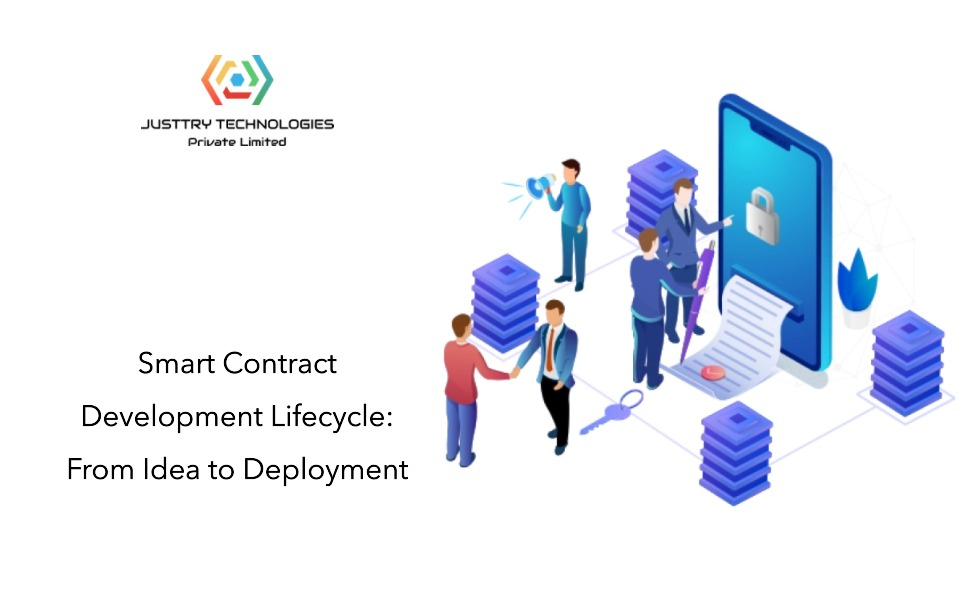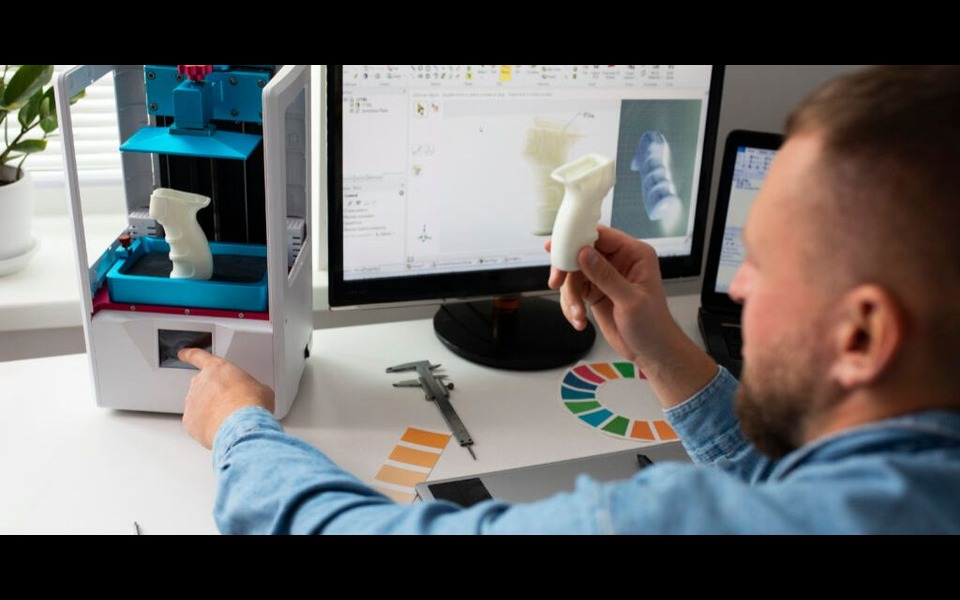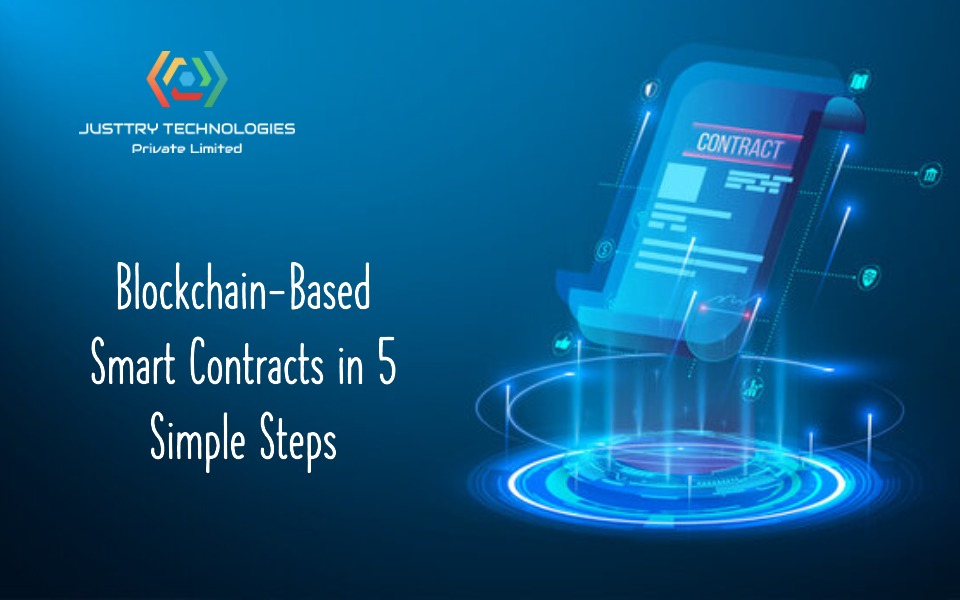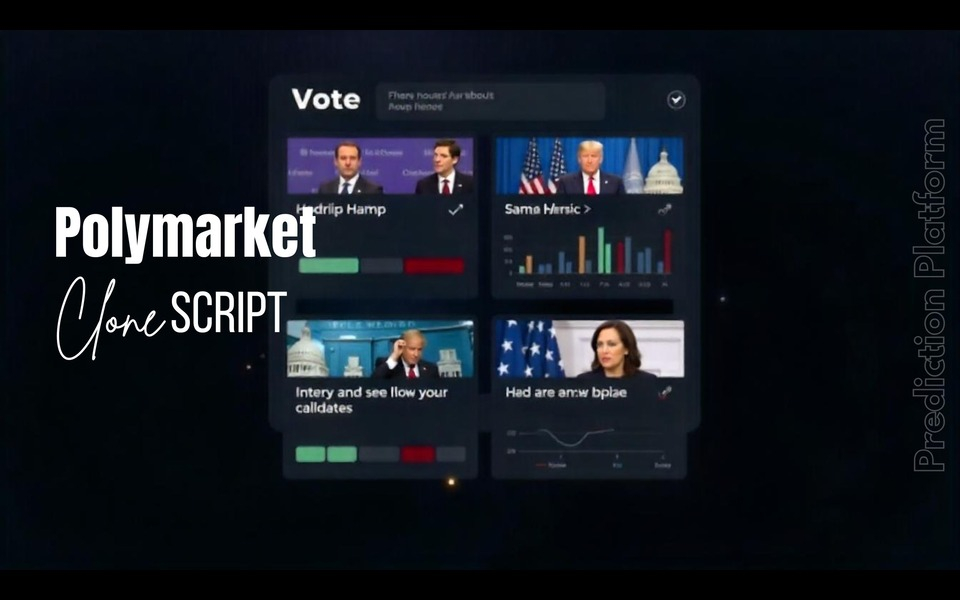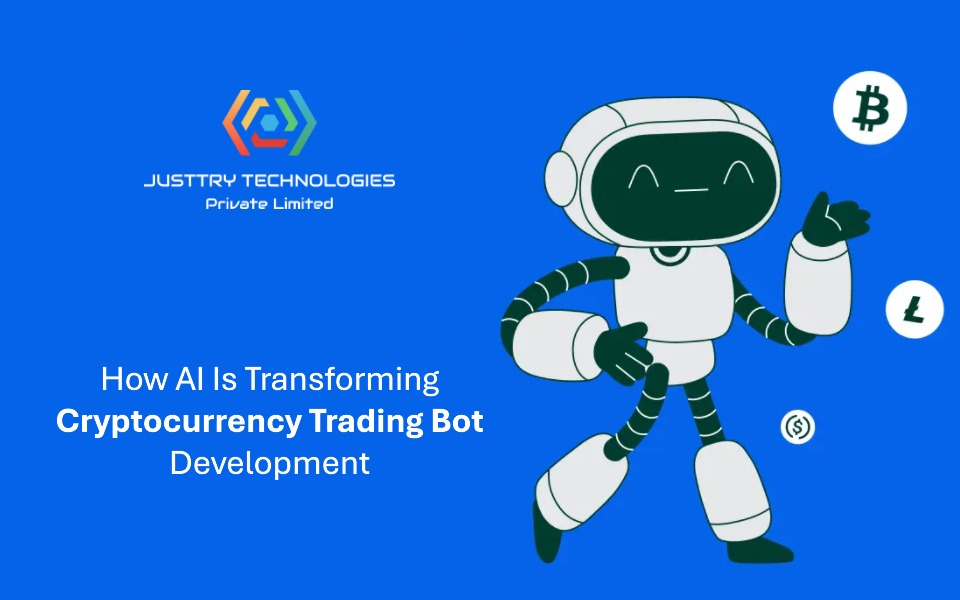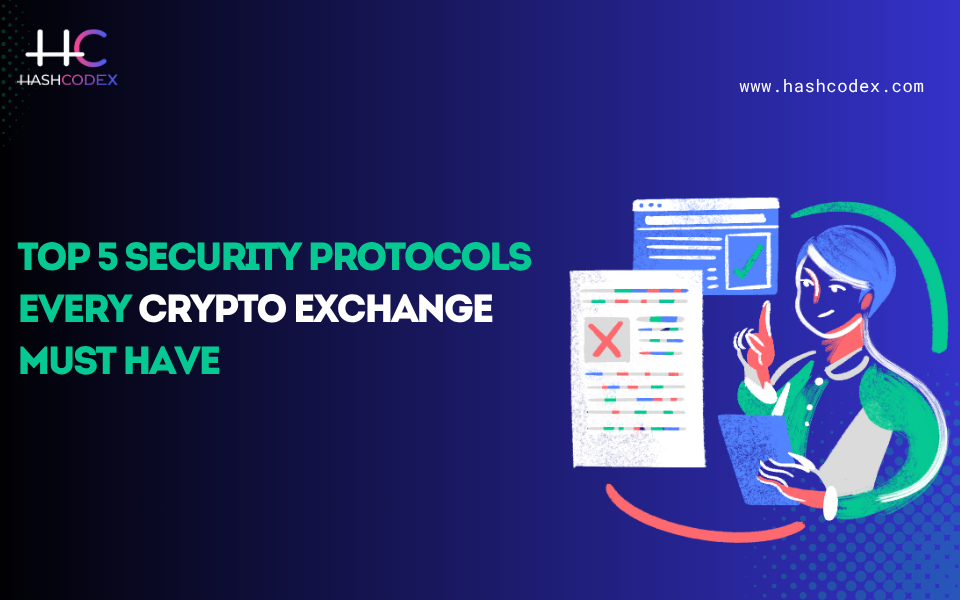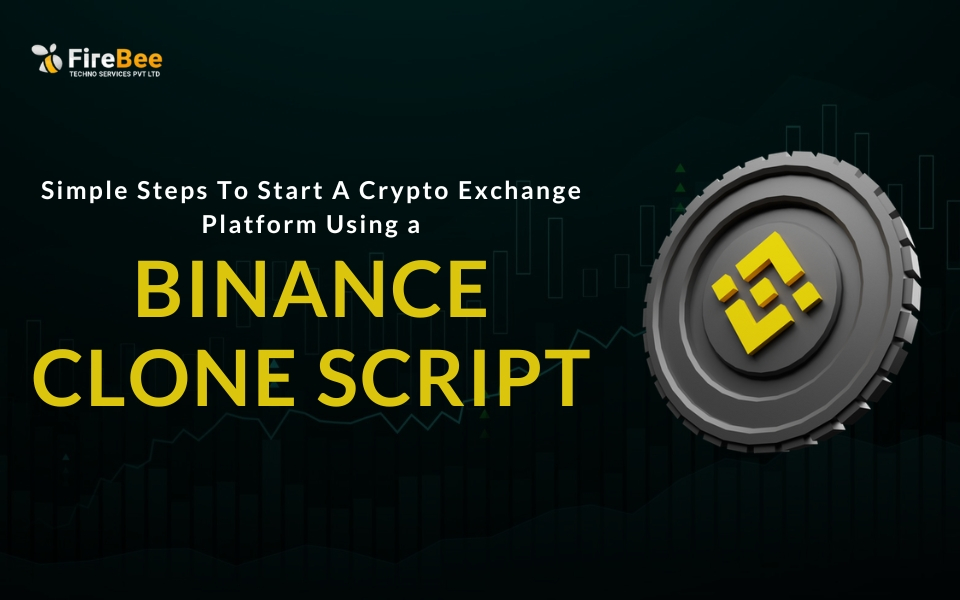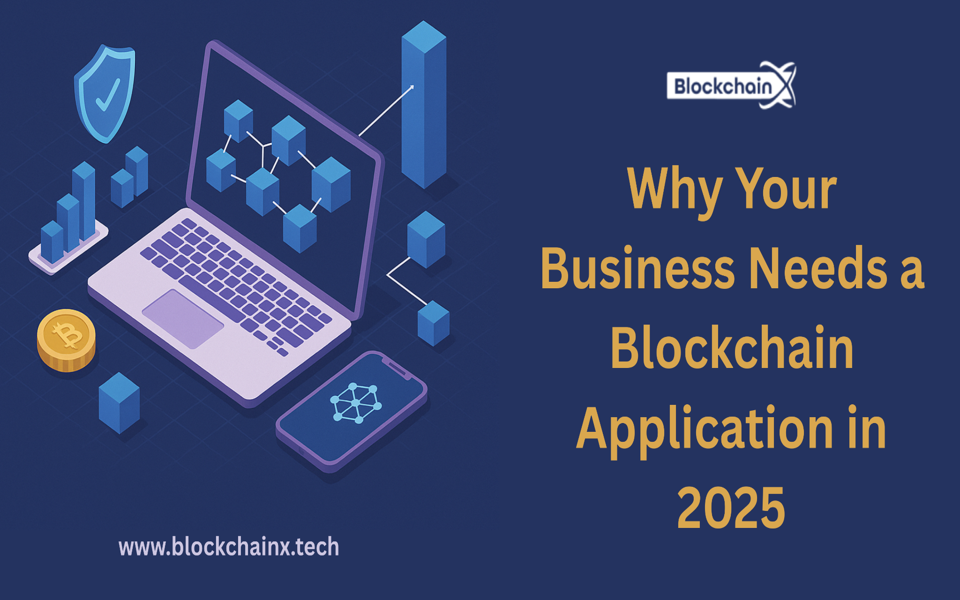Have you ever wondered what it would be like to explore and live in a virtual world? Blockchain technology is making this dream a reality, providing greater accessibility to the metaverse.
From virtual currency and digital assets to Smart Contracts and Decentralised Apps (DApps), blockchain has opened a world of possibilities for the metaverse. By removing the barriers of entry, blockchain technology is allowing users to experience the metaverse in ways that were previously impossible.
Through this article, we will explore how blockchain is making the metaverse more accessible for everyone. We will discuss how it is creating new opportunities for developers, entrepreneurs, and businesses alike. We will also highlight some of the major challenges and considerations surrounding the use of blockchain in order to help readers make informed decisions about their engagement with the metaverse.
What Are the Benefits of Blockchain-Based Metaverse Access?
With the advent of Blockchain-based platforms, users are now experiencing greater accessibility to the Metaverse than ever before. But what makes these solutions so desirable? Here are a few of the primary benefits that have been identified:
- Increased Transparency: By allowing users to view and track public records on an immutable ledger, Blockchain provides the necessary security and transparency for users in the Metaverse. This helps to ensure that all parties are acting in good faith, reducing cases of fraud and manipulation.
- Improved Security: Blockchain technology is also highly secure, protecting user data and activities from malicious actors. Decentralised networks are much harder to hack into than a single centralised database, due to their distributed nature.
- Lower Costs: Another key advantage of using blockchain solutions is that they can help reduce transaction costs significantly. Since all information is stored on a distributed ledger, there is no need for costly middlemen or third parties — making transactions much more cost effective.
These advantages have helped revolutionise access to the Metaverse, offering users greater privacy, security and efficiency when compared to other solutions.
Exploring Barriers to Entry on the Metaverse
Blockchain has helped to break down many of the barriers to entry on the metaverse. Before blockchain technology was available, accessing the metaverse was a difficult and expensive process, requiring huge upfront investments in hardware and software licences.
But blockchain has enabled developers with access to the resources to make it easier for users to join the metaverse, regardless of their technical skill level or financial resources. Blockchain smart contracts have also revolutionised verification processes, allowing new users to be onboarded faster and more securely than ever before.
In addition, blockchain-based tokens have enabled new token economies that offer an unprecedented level of access to services within the metaverse. These tokens can be used for a variety of things such as purchasing virtual goods and services, trading property rights in virtual environments, or even staking value in order to prove one’s ownership of digital assets.
As a result of these advancements, blockchain is helping to make the metaverse more accessible than ever before—opening up a world of possibility for developers and users alike.
Disrupting the Classical Financial Ecosystem With Blockchain Technology
Blockchain technology has the potential to disrupt the traditional financial ecosystem and break down economic barriers all over the world. The decentralised ledger system offered by blockchain can enable individuals and businesses to securely transfer funds without relying on financial intermediaries or third-party services.
This, in turn, helps to further reduce transaction costs, increase transparency, and provide more flexibility for participants—all of which have a direct effect on individuals’ access to digital assets such as cryptocurrencies.
Some of the benefits include:
- Increased Security - Blockchain technology uses cryptography and decentralised networks making it difficult for hackers or malicious actors to breach data or steal funds.
- Reduced Transaction Costs - It eliminates the need for expensive intermediaries such as banks and digital payment services which charge hefty fees for their services.
- Improved Transparency - The decentralised digital ledger makes it easier for participants to track their transactions and enables greater auditing capabilities for financial institutions as well.
For all these reasons, blockchain is emerging as an effective way to facilitate greater accessibility to digital assets in the metaverse.
Technologies That Drive Blockchain-Based Metaverse Accessibility
Blockchain technology has facilitated the development of virtual worlds that enable users to interact, play, and collaborate in a way never before possible.
In order to understand how blockchain enables greater accessibility to the metaverse, it is important to explore the underlying technologies that drive it. Here are a few of the most prominent:
Smart Contracts
Smart contracts are self-executing agreements stored on the blockchain. They provide parties with an automated means for enforcing contractual obligations, thus reducing risks associated with human error. Smart contracts are valuable for metaverse applications as they facilitate secure transactions between users and developers.
Decentralised Identifiers (DIDs)
Decentralised Identifiers (DIDs) are cryptographic identifiers that allow users to authenticate their identity and data with other actors in the metaverse. By providing individuals with a secure digital identity, DIDs enable users to access various virtual environments without having to re-enter information each time. This eliminates many of the obstacles associated with data re-entry, thereby improving user experience within the metaverse.
Decentralised Autonomous Organizations (DAOs)
Decentralised Autonomous Organizations (DAOs) provide organisations with an automated governance model that is based on code rather than a traditional hierarchical structure. Through DAOs, organisations can manage resources more efficiently and create virtual entities that exist independently of any centralised entity. As such, DAOs are becoming increasingly popular in the burgeoning metaverse space as they offer organisations greater control over their operations and reduce reliance on external entities.
Towards a New Era of Open Accessibility With Blockchain-Powered Platforms
Blockchain technology has revolutionised the way we interact with virtual realities, transforming the concept of accessibility in the metaverse into something far more open and transparent. By leveraging the power of blockchain, platforms are now able to provide unprecedented levels of access to these new digital worlds, resulting in an even playing field where nobody is left behind.
From creating entirely new models of governance in virtual economies to enabling developers to create and monetize their own games and applications, here are just a few ways blockchain is enabling greater accessibility to the metaverse:
- Lower Entry Thresholds: By creating more secure and efficient protocols for data storage, blockchain-powered platforms can offer much lower entry thresholds than other types of virtual reality platforms. This makes them more accessible for game developers to create their own digital worlds and launch projects on a global scale.
- Faster Transfers: Blockchain-based platforms allow users to transfer assets faster and with greater security than ever before - transactions can be completed in just a matter of minutes, eliminating long wait times that plague traditional methods.
- Full Transparency: Every transaction and interaction within the metaverse is recorded on a public ledger that cannot be modified or censored - ensuring full transparency throughout the virtual world and providing users with peace of mind knowing that their investments are safe.
By breaking down these barriers, blockchain technology has enabled us to explore entirely new realms of possibility in virtual reality - bringing us one step closer towards achieving true connectivity between our physical and digital lives.
Conclusion
In conclusion, blockchain is ushering in a new era of accessibility to the metaverse, allowing people to transact in virtual and augmented reality environments in unprecedented ways. From the enhanced security, trust and control of blockchain-based infrastructure to the enhanced opportunities for both collaboration and monetization, blockchain technology is breaking down the barriers that have traditionally held back users from participating and transacting in the metaverse. By leveraging the power of blockchain, users now have easier and greater access to the metaverse than ever before.






